________________________________________________________________________________
John Deere 5225, 5325, 5425, 5525, 5625 Hydraulic System
- JD 5225-5625 Engine
- JD 5225-5625 PTO and Hitch
- JD 5225-5625 Drivetrain
- JD 5225-5625 Hydraulic System
Connecting or
Disconnecting High-Pressure Hoses
- If possible, retract remote cylinder as much as possible to protect
rod from damage.
- Implement must be raised slightly, by pulling back on lever to reset
coupler check valves, before it can be lowered.
- If hose accidentally pulls from JD 5225, 5325, 5425, 5525, 5625
tractor during use, clean hose tip and coupler before reconnecting.
Hoses can be reinstalled with
minimal loss of oil.
- After reinstalling hose, extend and retract cylinder to properly seat
connector and reset check valve.
- With as much hydraulic pressure relieved as possible from hoses, pull
hoses from couplers.
- Rear SCV: Wipe clean, then close coupler cover. Install dust caps on
hose ends.
- Mid-Mount Valve: Make sure coupler dust plugs and hose end dust caps
are clean, then install.
Connecting Cylinder Hoses (Rear SCV)
- Identify extend and retract hoses. Extend hoses should be connected to
top couplers; retract hoses to bottom couplers.
- Remove dust caps (if equipped) from hose end.
- Open coupler covers.
- Hydraulic hoses can fail due to physical damage, kinks, age and
exposure. Check hoses regularly. Replace damaged hoses.
- Making sure hose end and coupler are clean, push hose tip firmly into
coupler. Pull on hose to make sure positive connection was made.
Connecting Cylinder Hoses (Mid-Mount Valve)
Hose connections at mid-mount valve are color-coded. Black - Bucket
Cylinder-Rod End. Yellow - Bucket Cylinder-Head End. Blue - Lift
Cylinder-Head End. Red -
Lift Cylinder-Rod End. Orange - Attachment Cylinder-Head End. Green -
Attachment Cylinder-Rod End.
- Match hoses to couplers using color-coded dust caps/plugs.
- Remove dust caps from hose ends.
- Pull dust plugs from valve couplers.
- Making sure hose end and couplers are clean, push hose tip firmly into
coupler. Pull on hose to make sure positive connection was made.
- Connect mating (color-coded) plugs and caps together.
Connecting and Operating Single-Acting Cylinder
- Single-acting cylinder should only be connected to extend coupler.
- Volume of oil required to extend cylinder will lower
transmission-hydraulic oil level.
- With cylinder fully extended, check oil level and fill to proper level
(visible at the bottom of the top sight glass).
- Pull SCV control lever back to pressurize and extend single acting
cylinder.
- Push SCV control lever full forward to "float" position to retract
cylinder.
Operating SCV Control Levers (Basic Valves)
Extend and Retract Cylinders
With hoses properly connected to couplers, pull lever back against
spring pressure to extend remote cylinder. Spring pressure returns lever
to neutral when
released. With lever in neutral, remote cylinder is hydraulically locked
in position. Push lever forward against spring pressure to retract
cylinder.
Float Position - Push lever forward, through retract, into detent to
operate "float" feature. "Float" operation allows cylinder to extend and
retract freely, such as when
an implement follows ground contour. Manually return lever to neutral
when "float" is no longer required.
Setting Detents and Operating SCV Control Levers (Deluxe Valve)
Setting Control Lever Detents - Each section of the deluxe SCV has
selectable detents, used to change control lever operations to meet
operating requirements of
different implements. Detent settings only affect extend and retract
lever positions, not "float". Read operator's manual symbol is for
reference only and is not a
selectable setting. The three settings are: Continuous Detent (Motor),
No Detent (Loader), Automatic Detent (Cylinder). Knob setting stop is in
the front, center
position (bold arrows).
- SCV I-Centered for loader operation - No Detent-Lever returns to
neutral when released.
- SCV II-Turned counterclockwise for motor operation - Continuous
Detent-Holds lever in operating position until manually returned to
neutral.
- SCV III-Turned clockwise for cylinder operation - Automatic
Detent-Lever automatically returns to neutral when cylinder reaches end
of stroke.
To avoid overheating hydraulic oil and damage to 5225, 5325, 5425, 5525,
5625 John Deere tractor, use SCV I when long duration "continuous"
(motor) operation is
required. Section I of the deluxe SCV has a flow control valve which,
when properly adjusted, provides flow to operate an implement at
required speed while
maintaining oil temperature within normal operating range. Valve
sections II and III can be set to "continuous" (motor) detent, but
should only be used for intermittent
applications (not exceeding 10 min/hr maximum) or hydraulic oil will
overheat and damage JD tractor.
Operating Control Levers
Extend and Retract Cylinders: With hoses properly connected to couplers,
pull lever back to extend remote cylinder or push forward to retract.
- When selector knob is set to No Detent (Loader) position, lever
returns to neutral when released.
- When selector knob is set to Automatic Detent (Cylinder) position,
lever automatically returns to neutral when cylinder reaches the end of
stroke.
- When selector knob is set toContinuous Detent (Motor) position, lever
must be manually returned to neutral.
With lever in neutral, remote cylinder is hydraulically locked in
position.
Float Position: Push lever forward, through retract, into detent to
operate "float" feature. "Float" operation allows cylinder to extend and
retract freely, such as when
an implement follows ground contour. Manually return lever to neutral
when "float" is no longer required.
Using Rear SCV to Operate Hydraulic Motor
Deluxe Valve Section I Only - Use SCV I, with adjustable (internal) flow
control valve for hydraulic motor operations. Never regulate SCV I oil
flow with an external
flow control valve. Having two flow control valves in the same hydraulic
circuit can overheat oil causing component malfunctions and damage.
Basic Valves and Deluxe Valve Sections II or III - Use external flow
control valve to regulate oil flow when operating a hydraulic motor with
any basic valve or deluxe
valve sections II or III, without internal flow control.
Hydraulic Motor Hose Connections and Control Lever Operations
- Shut off engine. Move SCV control lever full forward, into "float"
detent. With deluxe valve, use SCV I control lever.
- Connect hydraulic motor hoses to SCV couplers that correspond to
selected control lever. With deluxe valve, use SCV I couplers.
- Deluxe Valve: Set control lever detent for continuous "motor"
operation.
- Start engine. To activate hydraulic motor, move control lever back to
"retract" position.
- Do not use "neutral" lever position to stop hydraulic motor; use
"float". Neutral standby pressure may cause back-pressure damage to
hydraulic motor or hoses.
- To stop hydraulic motor, move control lever full forward into "float"
detent. Shut off engine and disconnect hoses from couplers.
JD 5225, 5325, 5425, 5525, 5625 Multi-Function Control Lever

A - Multi-Function Control Lever, B - Front-Boom Lower, C - Back-Boom
Raise, D - Left-Bucket Rollback (Curl), E - Right-Bucket Tilt (Dump), F
- Two-Function
Zone, G - Slow Speed, H - Fast Speed, I - Detented "Float" Position, J -
Fast Dump Position (Two-Function Control Lever only), K - Third-Function
Operations
Overheated hydraulic oil can cause personal injury and component
malfunctions. To prevent hydraulic oil from overheating, dont hold
multi-function control lever in
operating position for an extended period of time. While multi-function
control lever (A) can be used to operate other hydraulically driven
devices, it is most
commonly used to operate a loader attachment. Lever controls lifting and
lowering of the boom as well as tilting (dump) and rollback (curl) of
the bucket.
Both two-function and three-function control levers use full forward
detented position, for "FLOAT" operation. Two-function control lever has
a momentarily detented
position (full right) used to fast dump the bucket. Additional
third-functions are controlled by handle-mounted switch.
- A single function operates when control lever (A) is moved straight
away from center, in one-of-four primary directions (front, back, left
or right).
- Front-Boom Lower (B) - Full-front (I) is a detented position used for
"float" operations.
- Back-Boom Raise (C). Left-Bucket Rollback (Curl) (D).
- Right-Bucket Tilt (Dump) (E) - Two-Function Control Lever: Full-right
(J) is a momentarily detented regenerative position where return oil is
used to fast dump the
bucket.
Two functions operate simultaneously when lever is moved at 45° angles
from primary directions, into a two-function zone (F). Two-function
zones are: Boom
Lower/Bucket Dump, Bucket Dump/Boom Raise, Boom Raise/Bucket Curl,
Bucket Curl/Boom Lower. When lever is released to spring-centered
neutral position,
mid-mount valve holds boom and bucket in position.
Cylinder operating speed depends on how far from center the control
lever is moved. When lever is first moved from center, hydraulic
functions operate slowly (G),
then move progressively faster as lever is moved further away from
center, out to fast speed operating position. "Float": Push lever full
forward into detent when
"float" is desired. "Float" position (I) allows loader boom to move up
and down freely while traveling over rough ground. Manually return lever
to neutral when "float"
is no longer needed.
Transport Lock - Transport lock does not lock out switch operated
third-function hydraulics, which are active anytime the key is ON. Push
IN to lock / Pull OUT to
unlock. Lock is engaged when dashed line is in against body and lever
does not move.
Third-Function (Electro-Hydraulic) - Switch controls third-function
hydraulics connected to three-function mid-mount valve. Third-function
hydraulics are active
anytime the key is ON. Top half pressed: Attachment retract/raise
(grapple open). Bottom half pressed: Attachment extend/lower (grapple
close). Front switch is
not operational in this application.
Manually Operating Third-Function (Electro-Hydraulic) Valve Section -
Third-function (grapple) valve section can be manually operated if an
electrical malfunction
occurs. Insert a small diameter punch through access hole and push spool
to either extend or retract cylinders as needed to release load.
Adjusting Flow Control-Deluxe SCV and Three-Function Mid-Mount Valve
Flow control adjustment only affects the number I section of rear SCV
and the electro-hydraulic (grapple) section of the three-function
mid-mount control valve.
Other valve sections are not affected by this adjustment.
To adjust flow rate and operating speed, loosen lock nut and turn flow
control knob:
- To increase flow rate and speed, turn COUNTERCLOCKWISE (Rabbit).
- To decrease flow rate and speed, turn CLOCKWISE (Turtle).
Rear SCV: If detent kicks out before end of cycle, use SCV I and adjust
flow control.
Warming Transmission-Hydraulic System Oil
- Connect jumper hose to SCV I couplers. Knob setting stop is in the
front, center position (bold arrow).
- Deluxe SCV: Turn SCV I selector knob to cylinder (automatic) detent
position.
- Loosen lock nut and turn flow control knob fully counterclockwise
(open). Depress clutch pedal, start engine and idle at 1200 rpm.
- Move SCV I control lever forward or rearward until hydraulic oil warms
to operating temperature.
- Turn steering wheel side-to-side to check warm-up progress. When wheel
turns smoothly without hesitation, oil has warmed to operating
temperature.
- After transmission-hydraulic oil has warmed to operating temperature:
Return SCV lever to neutral. Deluxe SCV: Return detent selector and flow
control knobs to
original positions and setting. Remove jumper hose.
Using Hydraulic Motor Case Drain Connection - Some implement motors have
a case drain line used to bleed oil off the motor case and protect the
shaft seal.
If implement motor is equipped with a case drain hose, attach it to
flat-faced drain connector. Make sure hose coupler and drain connector
are clean before
attaching. Install protective dust cap when connector is not in use.
John Deere 5225, 5325, 5425, 5525, 5625 Hydraulics Troubleshooting
| Electro-hydraulic controls: hitch fails to follow lever | Malfunction in lever position sensor circuit or hitch position sensor. |
| Electro-hydraulic controls: poor position control | Load/depth mix control in wrong position. | Turn load/depth mix control to "position" control detent. |
| System is reset. | Enable system. | |
| Malfunction in lever position sensor circuit or hitch position sensor. |
| Hitch settles too fast after tractor is parked and engine shut off | Internal system leakage. |
| Electro-hydraulic controls: hitch will not move (controls not working, including external raise/lower switch) | Fuse(s) blown. | Replace fuses. |
| Electro-hydraulic controls: external raise/lower switch will not move hitch | Failure of raise/lower switch, connector or wiring harness. |
| Electro-hydraulic controls: hitch indicator lights | One or more hitch component failures. |
Deluxe Selective Control Valve Troubleshooting
| Flow control knob will not turn | Dirt build-up. | Clean dirt from flow control knob and shaft. |
| Remote cylinder rate-of-travel too fast or too slow | Incorrect flow control adjustment. | Adjust flow control. |
| Detent does not hold SCV lever or releases too soon | Detent selector in wrong position. | Turn selector to correct position. |
| Pressure restriction with some implements. | Reduce oil flow by changing flow control setting. | |
| Flow control or detent setting incorrect. | Adjust flow control and/or detent setting. |
| SCV lever does not release | Detent selector not in automatic detent position. | Turn selector to correct position. |
| Built-in pressure leakage with some implements. | Increase oil flow by changing flow control setting. | |
| Flow control or detent setting incorrect. | Adjust flow control and/or detent setting. |
- JD 5225-5625 Engine
- JD 5225-5625 PTO and Hitch
- JD 5225-5625 Drivetrain
- JD 5225-5625 Hydraulic System
________________________________________________________________________________
________________________________________________________________________________________
________________________________________________________________________________________
________________________________________________________________________________________
________________________________________________________________________________________
________________________________________________________________________________________
________________________________________________________________________________________
________________________________________________________________________________________
________________________________________________________________________________________
________________________________________________________________________________________
________________________________________________________________________________________
________________________________________________________________________________________
________________________________________________________________________________________
________________________________________________________________________________________
________________________________________________________________________________________
________________________________________________________________________________________
________________________________________________________________________________________
________________________________________________________________________________________
________________________________________________________________________________________
________________________________________________________________________________________
________________________________________________________________________________________
________________________________________________________________________________________
________________________________________________________________________________________
________________________________________________________________________________________
________________________________________________________________________________________
________________________________________________________________________________________
________________________________________________________________________________________
________________________________________________________________________________________
________________________________________________________________________________________
________________________________________________________________________________________
________________________________________________________________________________________
________________________________________________________________________________________
________________________________________________________________________________________
________________________________________________________________________________________
________________________________________________________________________________________
________________________________________________________________________________________
________________________________________________________________________________________
________________________________________________________________________________________
________________________________________________________________________________________
________________________________________________________________________________________
________________________________________________________________________________________
________________________________________________________________________________________
________________________________________________________________________________________
________________________________________________________________________________________
________________________________________________________________________________________

 JD SPECS
JD SPECS JD LOADERS
JD LOADERS JD MAINTENANCE
JD MAINTENANCE JD INSTRUCTIONS
JD INSTRUCTIONS JD PROBLEMS
JD PROBLEMS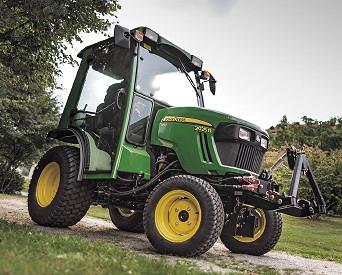 JD 2025R
JD 2025R JD 3039R
JD 3039R JD 4044R
JD 4044R JD 4105
JD 4105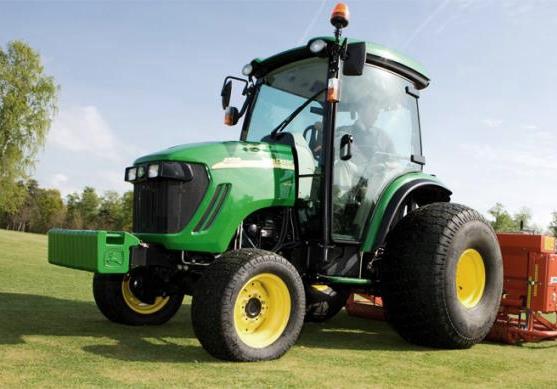 JD 4720
JD 4720 420 Loader
420 Loader 419 Loader
419 Loader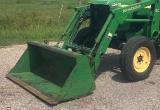 510 Loader
510 Loader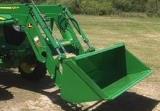 512 Loader
512 Loader 520 Loader
520 Loader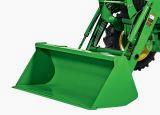 520M Loader
520M Loader 540M NSL
540M NSL 540 Loader
540 Loader 440R Loader
440R Loader H180 Loader
H180 Loader JD 5045E
JD 5045E JD 5085E
JD 5085E JD 5100M
JD 5100M JD 6105R
JD 6105R JD 6120M
JD 6120M JD 6155M
JD 6155M JD 6195R
JD 6195R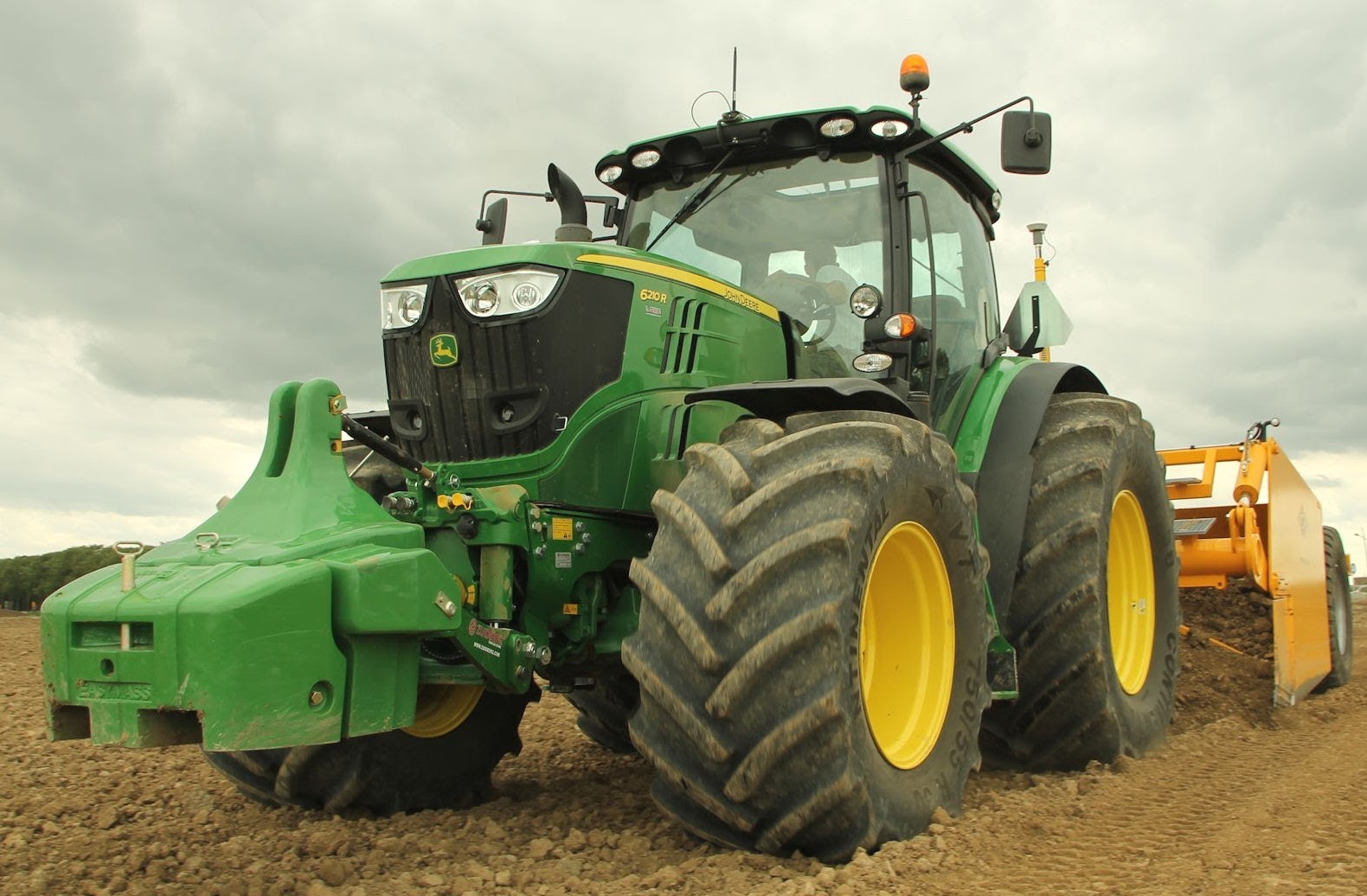 JD 6210R
JD 6210R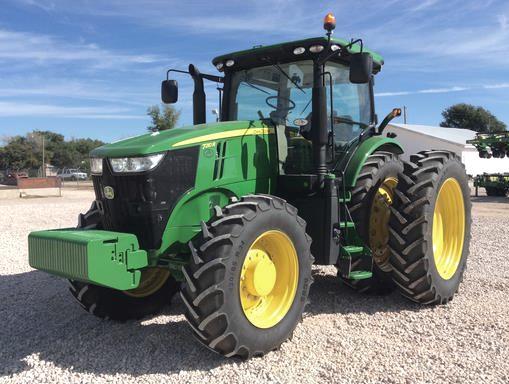 JD 7210R
JD 7210R JD 7250R
JD 7250R JD 7310R
JD 7310R JD 8245R
JD 8245R JD 8295R
JD 8295R JD 8370R
JD 8370R JD 9370R
JD 9370R 120R Loader
120R Loader D120 Loader
D120 Loader H120 Loader
H120 Loader 45 Loader
45 Loader 200CX Loader
200CX Loader D160 Loader
D160 Loader D170 Loader
D170 Loader H160 Loader
H160 Loader H165 Loader
H165 Loader H240 Loader
H240 Loader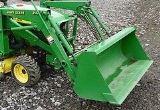 210 Loader
210 Loader 220R Loader
220R Loader 300E Loader
300E Loader 300X Loader
300X Loader 300CX Loader
300CX Loader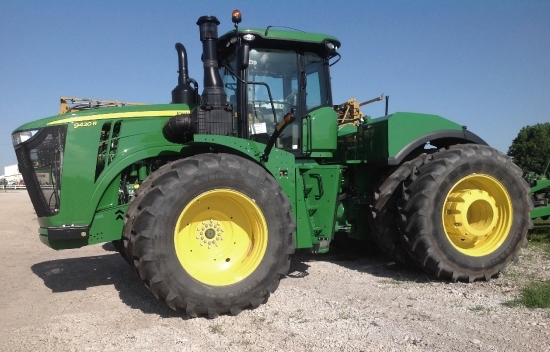 JD 9420R
JD 9420R JD 9510R
JD 9510R JD GX335
JD GX335 JD GX85
JD GX85 JD LA105
JD LA105 JD 5065M
JD 5065M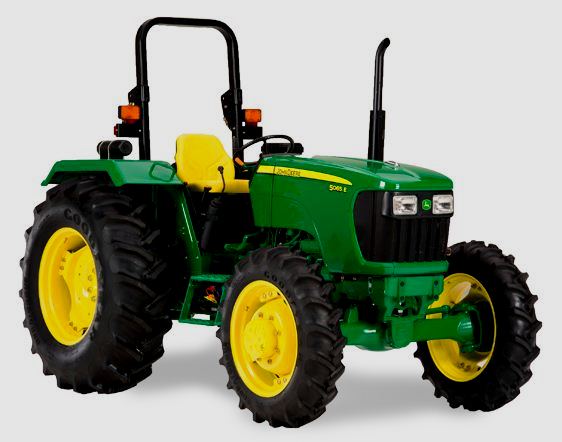 JD 5055D
JD 5055D JD 5115R
JD 5115R JD 5105M
JD 5105M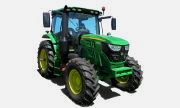 JD 6110R
JD 6110R JD 6130D
JD 6130D JD 6225
JD 6225 JD 7530
JD 7530 JD 4044M
JD 4044M JD 7185J
JD 7185J 300 Loader
300 Loader 300R Loader
300R Loader 320R Loader
320R Loader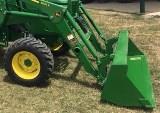 400E Loader
400E Loader 410 Loader
410 Loader 430 Loader
430 Loader 460 Loader
460 Loader 521 Loader
521 Loader 531 Loader
531 Loader 541 Loader
541 Loader 551 Loader
551 Loader 631 Loader
631 Loader 651 Loader
651 Loader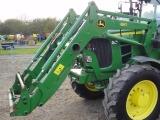 661 Loader
661 Loader 603R Loader
603R Loader JD D130
JD D130 JD D160
JD D160 JD 325
JD 325 JD 335
JD 335 JD 345
JD 345 JD 2520
JD 2520 JD 3005
JD 3005 JD 3720
JD 3720 JD 1025R
JD 1025R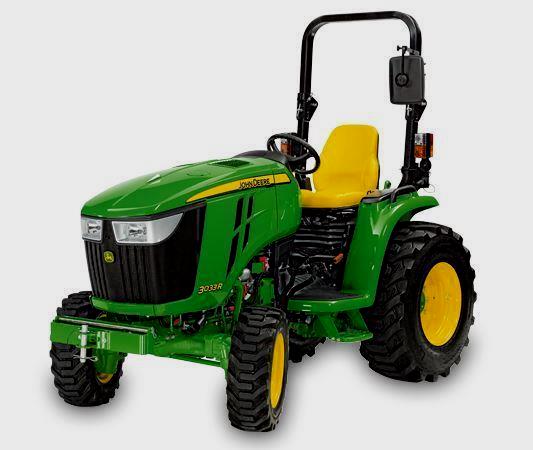 JD 3033R
JD 3033R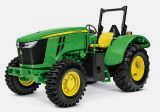 JD 5090EL
JD 5090EL JD 5100MH
JD 5100MH JD 5075GV
JD 5075GV JD 6090RC
JD 6090RC JD 6110B
JD 6110B 623R Loader
623R Loader 643R Loader
643R Loader 731 Loader
731 Loader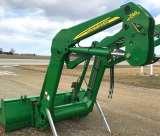 746 Loader
746 Loader 751 Loader
751 Loader 533 Loader
533 Loader 583 Loader
583 Loader 633 Loader
633 Loader 653 Loader
653 Loader 683 Loader
683 Loader H260 Loader
H260 Loader 663R Loader
663R Loader 663 Loader
663 Loader 683R Loader
683R Loader 753 Loader
753 Loader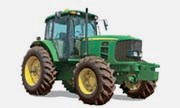 JD 6125J
JD 6125J JD 6150RH
JD 6150RH JD 6210J
JD 6210J JD 7195J
JD 7195J JD 8310
JD 8310 JD 6325
JD 6325 JD 5525
JD 5525 JD 5083EN
JD 5083EN JD 5100GN
JD 5100GN JD 5125R
JD 5125R 210C Backhoe
210C Backhoe 300D Backhoe
300D Backhoe 310G Backhoe
310G Backhoe 410G Backhoe
410G Backhoe 710G Backhoe
710G Backhoe 80 Loader
80 Loader 100 Loader
100 Loader 146 Loader
146 Loader 148 Loader
148 Loader 158 Loader
158 Loader 168 Loader
168 Loader 175 Loader
175 Loader 522 Loader
522 Loader 542 Loader
542 Loader 540R Loader
540R Loader 562 Loader
562 Loader 563 Loader
563 Loader 673 Loader
673 Loader 741 Loader
741 Loader L108 Automatic
L108 Automatic L120 Automatic
L120 Automatic LA110 Automatic
LA110 Automatic LA120 Automatic
LA120 Automatic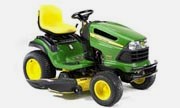 LA150 Automatic
LA150 Automatic LT155
LT155 LT160 Automatic
LT160 Automatic LT180 Automatic
LT180 Automatic LTR180
LTR180 X165
X165 E100
E100 E120
E120 E150
E150 LTR166
LTR166 LA135
LA135 LA165
LA165 LX277
LX277 LX288
LX288 LX255
LX255 S240
S240 GT235
GT235 G110 Automatic
G110 Automatic JD 3203
JD 3203 JD 5520
JD 5520 JD 316
JD 316 JD 420
JD 420 JD 425
JD 425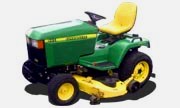 JD 445
JD 445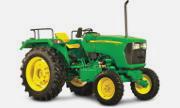 JD_5050D
JD_5050D X300
X300 X304
X304 X310
X310 X110 Automatic
X110 Automatic H310 Loader
H310 Loader H340 Loader
H340 Loader H360 Loader
H360 Loader H380 Loader
H380 Loader H480 Loader
H480 Loader 240 Loader
240 Loader 245 Loader
245 Loader 260 Loader
260 Loader 265 Loader
265 Loader 600R Loader
600R Loader 620R Loader
620R Loader 640R Loader
640R Loader 660R Loader
660R Loader 680R Loader
680R Loader JD_5039D
JD_5039D X146R
X146R X360
X360 X155R
X155R X140 Automatic
X140 Automatic X350
X350 X380
X380 X500
X500 X590
X590 X700
X700 3036E
3036E 2038R
2038R 3038R
3038R 4049M
4049M JD 4100
JD 4100 X738
X738 X740
X740 X748
X748 X749
X749 X950R
X950R JD 4510
JD 4510 5045D
5045D 5050E
5050E 5060E
5060E 5078E
5078E